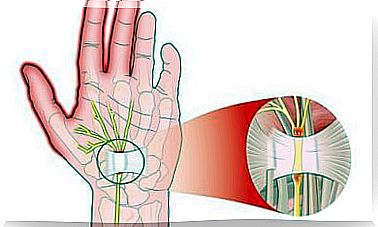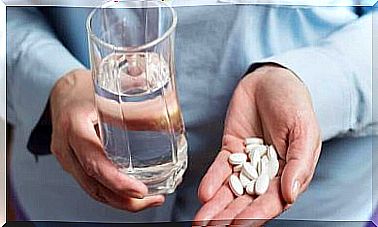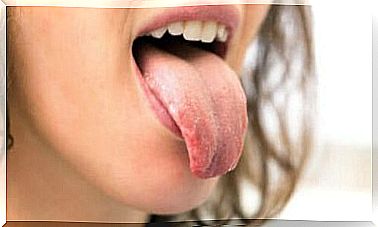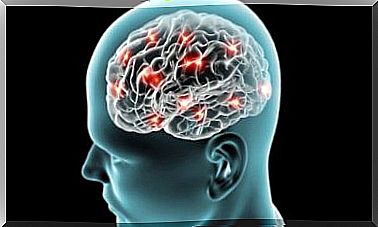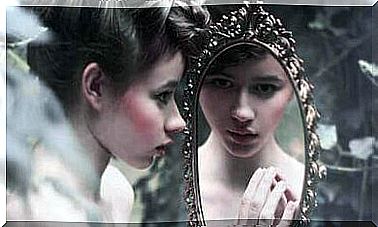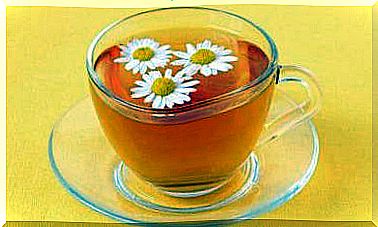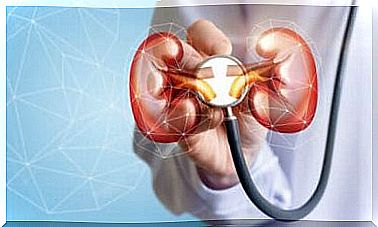Oxygen Therapy: Foundations And Objectives
The main indication for oxygen therapy is the treatment of chronic respiratory failure. Nevertheless, in recent years it has been used successfully in the world of aesthetics.
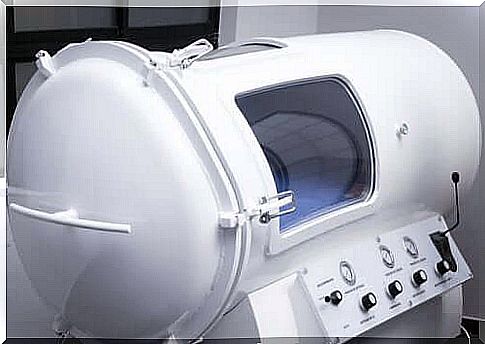
Oxygen therapy is a treatment subject to medical prescription in which oxygen is administered in high concentrations. Its purpose is to treat hypoxia or lack of oxygen in the blood and body tissues.
The main indication is the treatment of chronic respiratory failure. However, in recent years it has also been used successfully in the field of aesthetics.
What is oxygen therapy for?
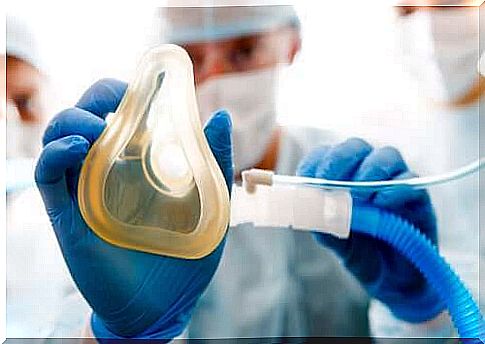
Oxygen therapy is used especially to increase the oxygen supply to the tissues. For this, it makes maximum use of the hemoglobin transport capacity.
In addition, it alleviates certain ailments and diseases such as chronic bronchitis or COPD. This is also a good solution to hypoventilation linked to obesity and the severe asthma.
Nowadays, oxygen therapy is also an excellent alternative for cosmetic treatments. Especially for dry or oily, wrinkled or tired skin. It has also given good results in reducing dark circles and skin spots.
On the other hand, in the world of aesthetics, oxygen provides the necessary hydration to the skin. It also stimulates the production of collagen and helps provide a more youthful appearance to the skin.
Types of oxygen therapy
The use of oxygen therapy is the key in the treatment of respiratory failure. Oxygen is administered after a medical prescription. Thus, there are 2 types of oxygen therapy that are most often used:
Normobaric oxygen therapy
In this case, oxygen is administered at different concentrations. Usually it is applied at a concentration between 21 and 100%. One of the most common options for its application are nasal cannulas or masks.
Hyperbaric oxygen therapy
During this type of oxygen therapy, oxygen is always administered at 100% concentration. The patient is then inside the hyperbaric chamber. For its application, a mask is used.
The goal of this therapy is to increase the supply of oxygen to the tissues through hemoglobin. When the amount of oxygen entering the body is high, it causes a certain pressure in the alveolus which leads to saturation of hemoglobin.
Therefore, it increases the pressure of alveolar oxygen and decreases the work of breathing and heart. It is therefore possible to keep the oxygen pressure constant.
What are the possible complications?
As with any treatment, there can be complications. In the case of oxygen therapy, complications result from incorrect oxygen concentration. They can also be due to a too long time during which the patient follows the treatment.
Among the symptoms that may appear are:
- Tracheitis and bronchitis
- Deterioration of mucociliary clearance
- Acute lung injury
- Bronchopulmonary dysplasia
In addition, as a result of breathing the dry and cold mixture of gases, dryness and ulceration of the mucous membranes may appear. Other symptoms are deterioration of mucociliary transport, retention of secretions and an increase in their density.
What are the routes of administration?
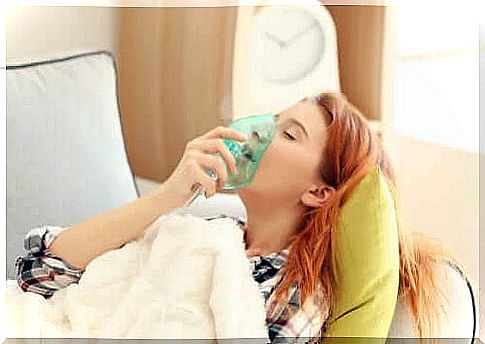
When patients breathe spontaneously, therapy can be applied through nasal cannulas and masks. Among these, we find:
- Venturi mask: it allows an exact concentration of oxygen to be administered to the patient. During the treatment, the patient cannot eat or speak. He may experience a feeling of heat and suffer from mild skin irritation
- Single Breathing Mask: This is a soft plastic device that covers the mouth and nose. In addition, it has side holes that allow the exit of exhaled air. It should fit well to the nose to prevent leakage and fit over the head through a rubber band
Another route of administration is the low flow rate system. The latter is indicated for people who must undergo minimal contact with oxygen.
The high flow system as well as the hyperbaric chamber can also be employed. However, in patients who do not breathe spontaneously, oxygen is applied using a mechanical ventilator.
Conclusion
Although oxygen therapy is a prescription treatment, it should be remembered that it is not just used to solve health problems. Currently, we are actually using it successfully for some cosmetic treatments.

